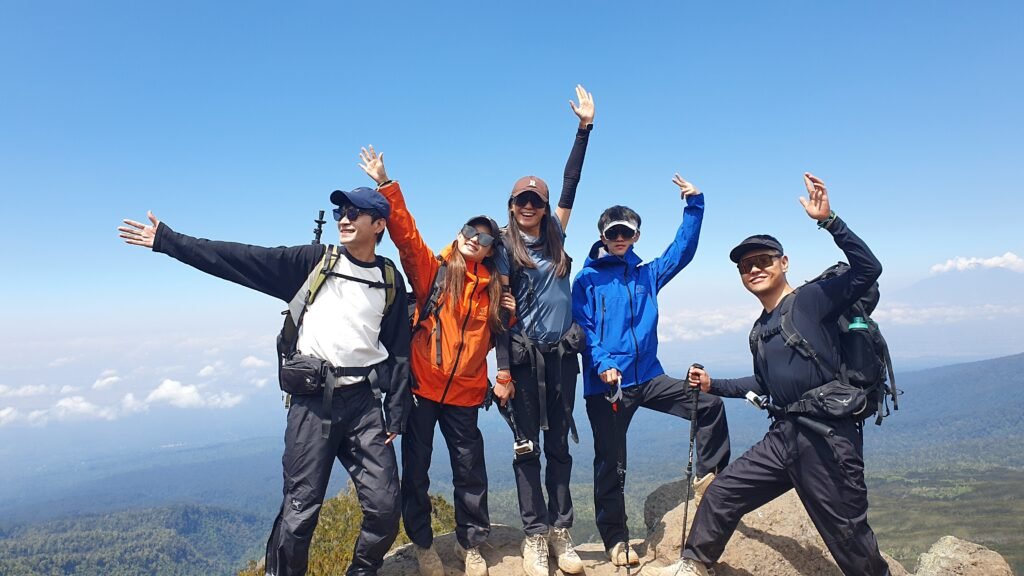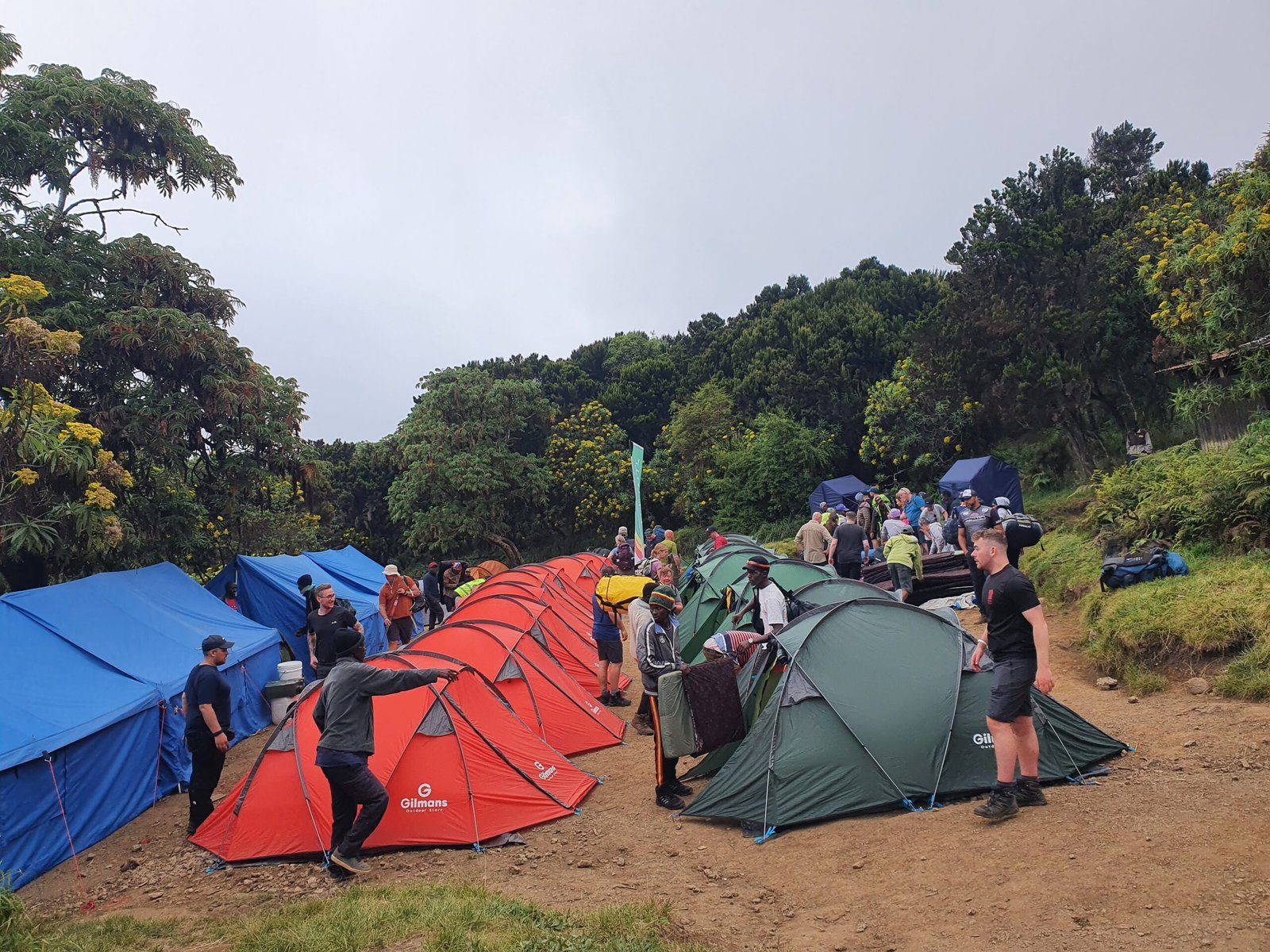Ultimate Guide to Climbing Mount Kilimanjaro: Routes, Costs, and Tips
Climbing Mount Kilimanjaro is one of the most exhilarating experiences for any adventure enthusiast. As Africa’s highest peak and one of the Seven Summits, Kilimanjaro offers climbers an unforgettable journey through diverse ecosystems, breathtaking views, and a once-in-a-lifetime summit achievement. This ultimate guide will cover everything you need to know, from Kilimanjaro’s various routes to the costs involved, along with expert tips to ensure your success.
1. Kilimanjaro Climbing Routes: Which One Is Right for You?
Mount Kilimanjaro has multiple trekking routes, each offering unique experiences, scenery, and challenges. Choosing the right route is crucial to ensure a successful and enjoyable climb.
Machame Route (6-7 Days)
Difficulty: Moderate to Hard
Success Rate: High (due to acclimatization)
Scenery: Diverse and scenic
The Machame Route is one of the most popular routes, often referred to as the “Whiskey Route.” It’s known for its stunning landscapes and good acclimatization profile due to its “climb high, sleep low” itinerary. While moderately difficult, it’s perfect for adventurous hikers.
Marangu Route (5-6 Days)
Difficulty: Moderate
Success Rate: Lower (due to faster ascent)
Scenery: Rainforest and moorland
The Marangu Route, or “Coca-Cola Route,” is the only route that offers hut accommodations. It’s less physically demanding than the Machame Route but has a lower success rate due to the rapid ascent.
Lemosho Route (7-8 Days)
Difficulty: Moderate to Hard
Success Rate: High
Scenery: Scenic, remote, and less crowded
The Lemosho Route is widely regarded as one of the most beautiful routes to the summit. It starts in the lush rainforest, passes through the Shira Plateau, and offers a gradual ascent, making it one of the best routes for acclimatization.

Rongai Route (6-7 Days)
Difficulty: Moderate
Success Rate: Medium
Scenery: Drier, less scenic, but remote
The Rongai Route approaches Kilimanjaro from the north and is drier and less scenic than other routes. However, it’s less crowded, and the gradual ascent makes it a good option for climbers seeking a quieter trek.
Umbwe Route (5-6 Days)
Difficulty: Hard
Success Rate: Lower (due to steep ascent)
Scenery: Forest and steep ridges
The Umbwe Route is the most challenging due to its steepness and rapid ascent, making it ideal for experienced trekkers. It’s a less popular route due to the difficulty of acclimatization, but the sense of adventure is unmatched.
2. Kilimanjaro Climbing Costs: What You Need to Know
The cost of climbing Kilimanjaro varies depending on the route, the length of the climb, and the level of service you choose. Below is a breakdown of the primary factors influencing the cost
Park Fees
Kilimanjaro National Park fees are fixed and form a significant portion of the total cost. These include:
Entry fees: Approximately $70 per person, per day
Camping or hut fees: $50-$60 per person, per night
Rescue fees: $20 per person, per climb
Guides and Porters
Hiring guides and porters is mandatory when climbing Kilimanjaro. Expect to pay $25-$30 per day for each porter and $50-$100 per day for guides, depending on the size of your group.
Trekking Packages
Most climbers book all-inclusive packages through a tour operator, which can range from $1,500 to $3,500 per person, depending on the level of service, length of the trek, and operator.
Budget operators: $1,500-$2,000 (basic services, group treks)
Mid-range operators: $2,000-$3,000 (better food, equipment, and guides)
Luxury operators: $3,000-$5,000 (private services, high-end gear, and meals)
Additional Costs
Tips: Tipping is expected for guides and porters, typically $250-$300 per climber for the entire trek.
Gear rental: If you don’t own gear, expect to pay $100-$200 for rental items like sleeping bags, hiking poles, and clothing.
Flights: International flights to Kilimanjaro International Airport (JRO) are not included in the trekking package and vary based on your departure location.
3. Best Time to Climb Mount Kilimanjaro
Choosing the right time to climb Kilimanjaro can make a huge difference in your trekking experience. The mountain has two distinct trekking seasons: the dry season and the rainy season.
Best Time: January to March & June to October
The most popular and best time to climb Kilimanjaro is during the dry seasons, from January to March and June to October. These months provide more favorable weather conditions with fewer chances of rain, making the climb easier and the views clearer.
January to March: Cooler temperatures, fewer crowds, and the possibility of snow at higher altitudes.
June to October: Warmer, drier weather, and the most popular period for climbing, especially during the summer holidays.
Avoid: April, May & November
The rainy seasons in April, May, and November bring heavy rains, making the trails slippery and the climb more challenging. Visibility is also reduced, making this period less ideal for trekking.
4. Tips for a Successful Kilimanjaro Climb

To make sure you’re prepared and increase your chances of reaching the summit, here are some essential tips:
Acclimatize Properly
Altitude sickness is the biggest challenge when climbing Kilimanjaro. The best way to acclimatize is by choosing longer routes that allow your body to adjust to the altitude. The “climb high, sleep low” method (ascending during the day and descending slightly to sleep) is effective in helping your body adapt.
Pack the Right Gear
Kilimanjaro’s weather can vary dramatically from day to night. Be prepared for all conditions by packing the following essentials:
Layered clothing: Moisture-wicking base layers, fleece mid-layers, and a waterproof outer layer.
Good hiking boots: Sturdy, waterproof boots with good ankle support.
Sleeping bag: Rated for cold temperatures (down to -15°C).
Hiking poles: Helpful for balance on uneven terrain.
Train for the Trek
Even though Kilimanjaro is not a technical climb, it requires a good level of fitness. Prepare by doing long hikes, uphill walking, and cardiovascular training. Aim to walk 10-15 km multiple times per week leading up to your trek.
Stay Hydrated and Eat Well
Drink plenty of water (3-4 liters per day) to help prevent altitude sickness, and eat energy-rich foods to keep your strength up during the climb.
5. What to Expect on Summit Day
Summit day is the most challenging part of the Kilimanjaro climb. You’ll start your ascent around midnight to reach the summit at dawn. The air is thin, and the temperatures can drop to -20°C, so it’s important to move slowly and stay positive.
Summit at Uhuru Peak: Once you reach Uhuru Peak (5,895m), you’ll be standing on the highest point in Africa. The sense of achievement, coupled with the breathtaking views of the surrounding glaciers and plains, is unlike any other.
Conclusion: Start Your Kilimanjaro Adventure Today
Climbing Mount Kilimanjaro is an adventure of a lifetime. Whether you choose the scenic Machame Route, the fast Marangu Route, or the remote Lemosho Route, preparation is key to a successful summit. By understanding the routes, costs, and what to expect, you’re already on your way to standing on the Roof of Africa.
Ready to climb Kilimanjaro? Start planning your adventure today and make your dream of summiting Africa’s highest peak a reality!

